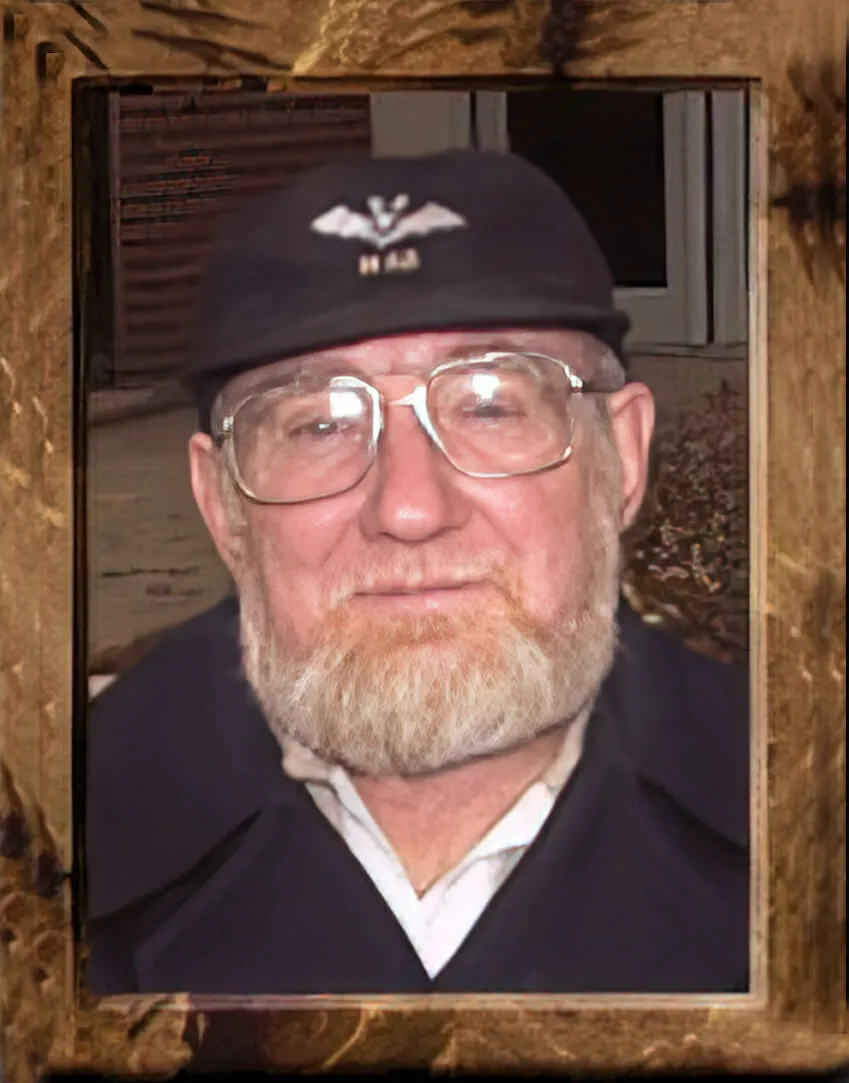

Dr. George N. Huppert participated in early hydrological studies at Mammoth Cave National Park in 1975, under the tutelage of the renowned cave geologist, Jim Quinlan. Over the next three decades, George distinguished himself as one of the leading cave management experts in the United States.
Learn MoreThe Dr. George N. Huppert Scholarship Program is open to all those involved in cave and karst management, and may be used to encourage papers as well as attendance. For example, students, people new to cave management, cave and land conservancy members, federal and state employees involved in cave management, and individuals with limited financial resources are all eligible for scholarships. Priority is given to applicants who will be attending the full symposium, and applications for day passes may not be considered appropriate.
Applicants will be ranked as follows:
Student presenting a paper
Student not presenting a paper
Non-student presenting a paper
Non-student not presenting a paper
Scholarship funding for recipients covers lodging or registration costs, or both. Each scholarship recipient is responsible for additional expenses, including transportation and food.
The deadline for submitting scholarship applications for the 2025 NCKMS is August 20. Applicants who submit their requests before the deadline will be notified.
To apply for a scholarship to the upcoming symposium, download and complete the application form and email it to: scholarships@nckms.org. Members of our scholarship committee will review your application and respond after the closing date. Please feel free to send any questions you may have about scholarships to that same address.

The official event schedule for the 2025 NCKMS has now been updated. Please check our schedule page or download a PDF to your mobile device.

The Cave Research Foundation is a private, non-profit organization dedicated to:
Facilitating research, management and interpretation of caves and karst resources; Forming partnerships to study, protect and preserve cave resources and karst areas; Promoting the long term conservation of caves and karst ecosystems.

Burrowed in the Toquima Range in the Humboldt-Toiyabe National Forest, Toquima Cave holds massive cultural importance to Native Americans. This sacred site was utilized by the Western Shoshone tribes as a temporary dwelling between 3,000 and 1,500 years ago.
A large number of pictographs adorn the north and south walls of the cave. As one of many pictograph sites in Nevada, Toquima Cave and the surrounding 40 acres were added to the National Register of Historic Places in 2002.